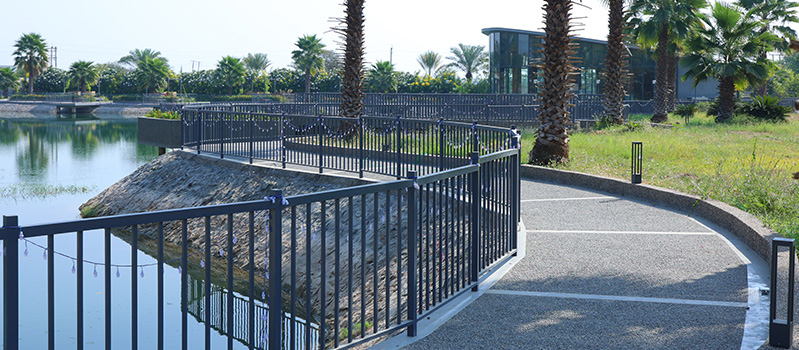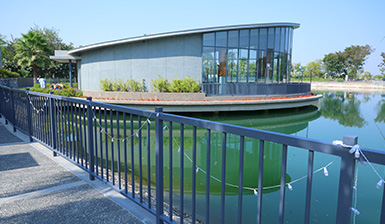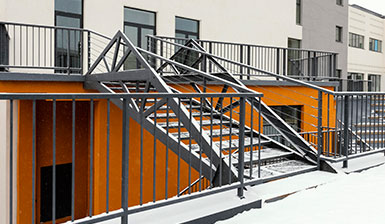
Railing fabrication is the process of designing, manufacturing, and installing custom railing systems for various applications such as staircases, balconies, decks, and more. Railing systems serve as an important safety and aesthetic component in construction and infrastructure projects.
The following are the steps involved in the railing fabrication process:
Design: The first step is to determine the design of the railing system based on the client's needs and requirements. The design should take into account safety regulations, local building codes, and aesthetics.
Material selection: The next step is to select the appropriate materials for the railing system. Common materials used in railing fabrication include steel, aluminum, wrought iron, wood, and glass.
Measurement and cutting: Once the materials have been selected, they are measured and cut to the required size and shape using specialized machinery such as saws, grinders, and drills.
Welding and assembly: The individual components are then welded and assembled to create the complete railing system. This may involve using welding techniques such as MIG (Metal Inert Gas) or TIG (Tungsten Inert Gas) welding.
Finishing: The railing system is then finished using techniques such as sanding, painting, or powder coating to provide protection against rust, corrosion, and weathering.
Installation: Finally, the completed railing system is installed on the site according to the design and specifications. This may involve drilling holes and fixing anchors to secure the railing in place
Railing fabrication requires skilled professionals with expertise in design, engineering, welding, and installation. It is essential to ensure that the railing system is sturdy, durable, and meets safety standards.

